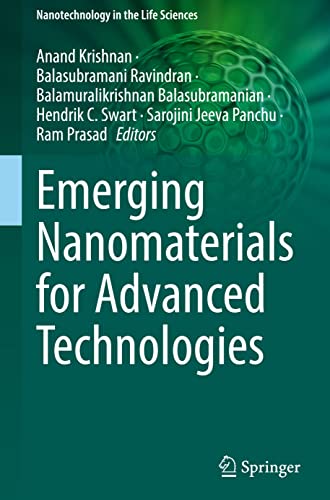

Most ebook files are in PDF format, so you can easily read them using various software such as Foxit Reader or directly on the Google Chrome browser.
Some ebook files are released by publishers in other formats such as .awz, .mobi, .epub, .fb2, etc. You may need to install specific software to read these formats on mobile/PC, such as Calibre.
Please read the tutorial at this link: https://ebookbell.com/faq
We offer FREE conversion to the popular formats you request; however, this may take some time. Therefore, right after payment, please email us, and we will try to provide the service as quickly as possible.
For some exceptional file formats or broken links (if any), please refrain from opening any disputes. Instead, email us first, and we will try to assist within a maximum of 6 hours.
EbookBell Team

5.0
18 reviewsOver the past decade the world has seen the rise of the fascinating and diverse field currently recognized as nanotechnology. This book covers a broad spectrum of topics within nanotechnology, including synthesis techniques, various innovative characterization techniques, growth mechanisms of nanomaterials, the physics and chemistry of nanomaterials, diverse functionalization methods, and the various applications of nanomaterials in biology, therapeutics, energy, food science, and environmental science. It also discusses applications of nanostructured materials, integrative applications such as nano- and micro-electronic sensor devices, as well as agricultural and environmental remediation applications. The book also includes a discussion of advances in functionalized nanomaterials (0D, 1D, 2D and 3D) and covers the early stages of the development of functionalized nanostructures, considering the future for 2D nanomaterials and 3D objects. Additionally, it includes a chapter on nanomaterial research development that highlights work on the life-cycle analysis of nanostructured materials and toxicity aspects.
This book proves useful for researchers and professionals working in the field of nanomaterials and green technology, as well as in the field of nanotechnology. It should be useful to students and specialized researchers in a number of disciplines ranging from biology, chemistry, and materials science to engineering and manufacturing in both academia and industry.